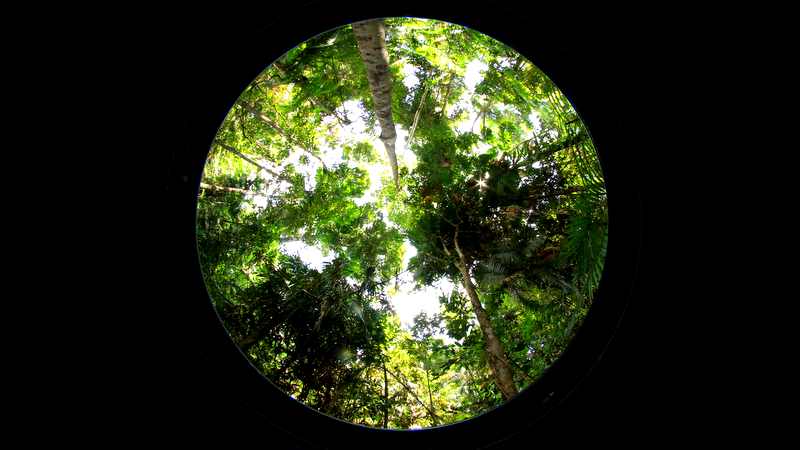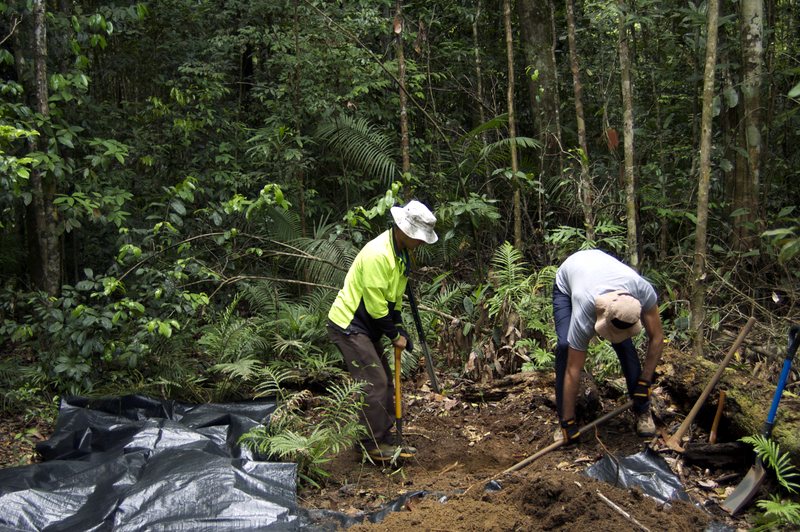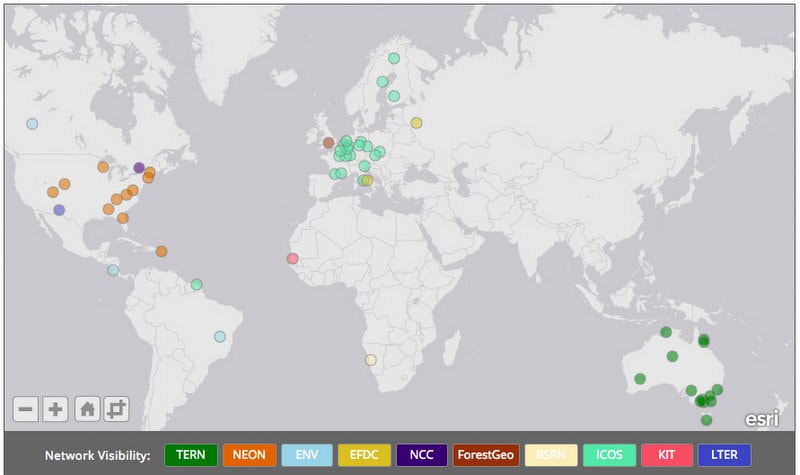The international Committee on Earth Observation Satellites has added TERN’s Australia-wide network of 12 ecosystem process monitoring SuperSites to their list of top 55 global sites for the calibration and validation of satellite-derived global bio-geophysical data products.
“Basically, validation aims to answer one simple question,” explains Fernando Camacho of The Earth Observation Laboratory (EOLAB). “How good (accurate, precise, stable) is an earth observation dataset?”
Fernando is working with the Committee on Earth Observation Satellites (CEOS) to identify a global set of on-ground monitoring sites that can be used by space agencies, including the ESA and NASA, to validate their bio-geophysical, satellite-derived products.
“TERN’s ecosystem processes monitoring SuperSites meet all our criteria for suitable sites. They’re part of a long-term supported network, and the measurements are regular and highly appropriate for satellite validation,” he said.
Based on these factors, CEOS’s Land Product Validation (LPV) subgroup has included TERN Australia SuperSites in their first selection of 55 global supersites for the calibration and validation of satellite-derived bio-geophysical products, such as LAI and FAPAR.
The Committee on Earth Observation Satellites has selected TERN SuperSites in their first selection of 55 global supersites for the calibration and validation of satellite-derived bio-geophysical products (image courtesy of CEOS)
LAI (Leaf Area Index) and FAPAR (Fraction of Absorbed Photosynthetically Active Radiation) are biophysical variables that characterise vegetation cover and photosynthetic activity. Satellite-based estimates of the variables are used in models to predict changes in primary productivity, plant growth and the absorption of carbon dioxide by vegetation.
On-the-ground data on LAI, soil moisture and phenology collected at TERN Australia SuperSites will be used by CEOS agencies in addition to micrometeorological observations of energy, carbon and water exchanges between the atmosphere and key Australian ecosystems collected by TERN Australia eddy covariance flux towers operating at each site.
Terrestrial and airborne laser scanning (LIDAR) and hyperspectral data collected by TERN’s Landscape Research platform will also be used in the validation process.
“The availability of integrated, open-access data complete with documented calibration and validation protocols presented the ideal data package for our global validation work,” said Camacho.
Sites belonging to TERN’s global partner observatories including America’s National Ecological Observation Network (NEON) and Europe’s Integrated Carbon Observation System (ICOS) were also chosen by the CEOS LPV subgroup.
- For more information on TERN’s Ecosystem Processes platform, its network of 12 SuperSites and eddy covariance flux towers, and the data they collect, explore the open data via TERN’s Data Discovery Portal.









